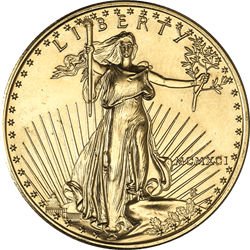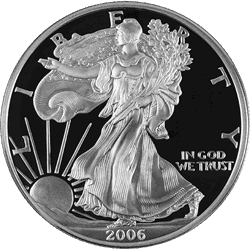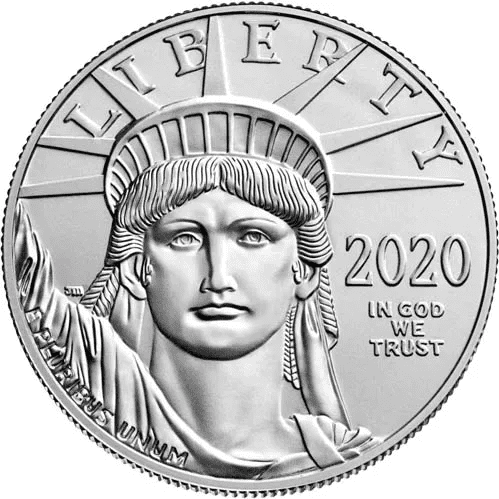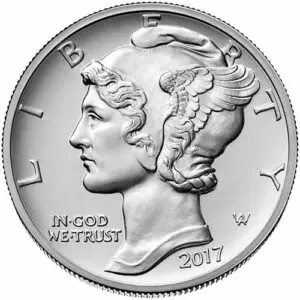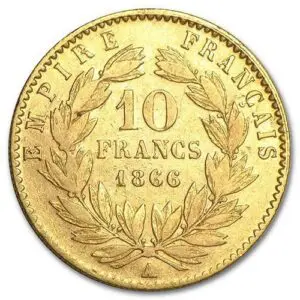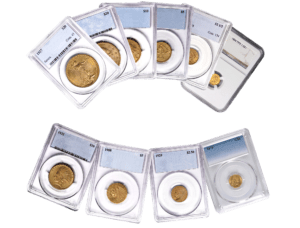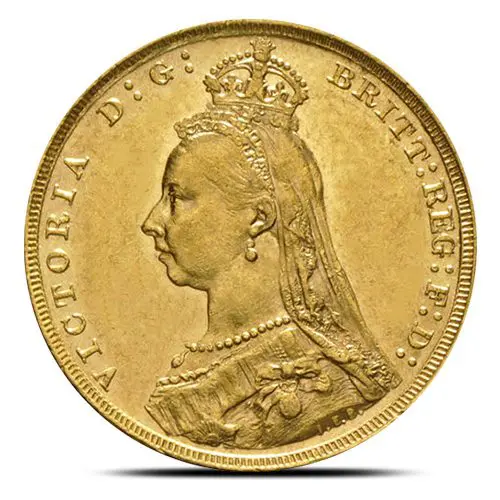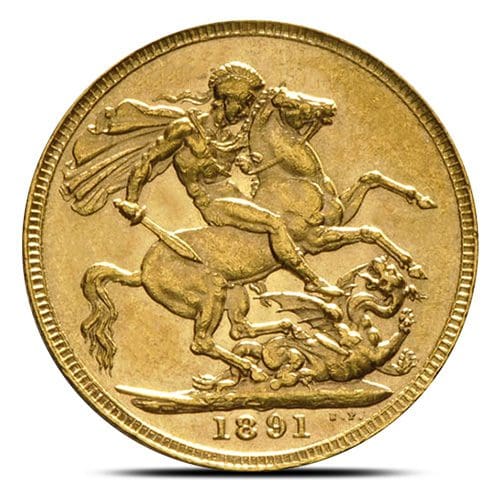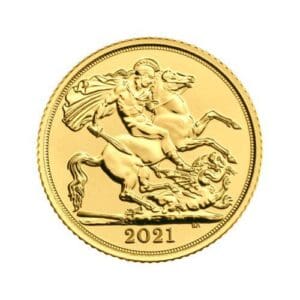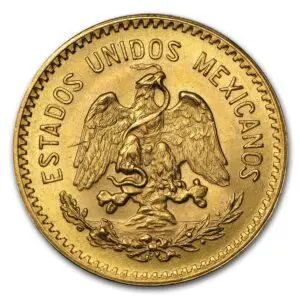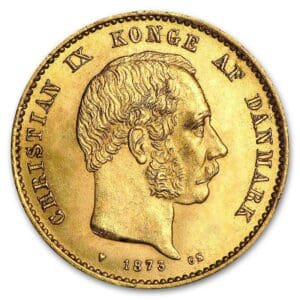Description
Gold sovereign coins from Great Britain were issued as early as 1489 during the reign of King Henry VII, but those coins were more than double the size and weight of modern sovereigns. The coins were issued by the monarchs of Britain through 1603 when James I came to power having united the crowns of England and Scotland.
Great Britain Gold Sovereigns reemerged in 1817 following the Great Recoinage of 1816. The first monarch to feature on the new gold sovereigns was King George III, but one of the most common from this early era of reintroduction was Queen Victoria I. Crowned Queen of England on 20 June 1837, she would rule the kingdom until her death on 22 January 1901.
One of the most remarkable gold sovereign designs available from her 63-year reign was the so-called Jubilee Sovereign. These Great Britain Gold Sovereigns were issued by the Royal Mint from 1887 to 1893 with a design of the Queen based upon a bust created by artist Francis John Williamson.
The obverse of Great Britain Gold Sovereign Coins from the Victoria Jubilee era includes a left-profile portrait of Queen Victoria I. This limited-issue design was created in 1887 to commemorate the Golden Jubilee of Victoria I and the design on the coins is based upon the bust Williamson created in that year to mark the occasion. Engravings on these gold sovereigns are in Latin.
On the reverse is the design of St. George. Created in 1817 by Benedetto Pistrucci, it captures the Christian saint on horseback as he battles a dragon. This design is typically featured on the reverse of all gold sovereigns, though the reign of Queen Victoria I was one of the few in which this design was occasionally replaced with a crowned shield instead






